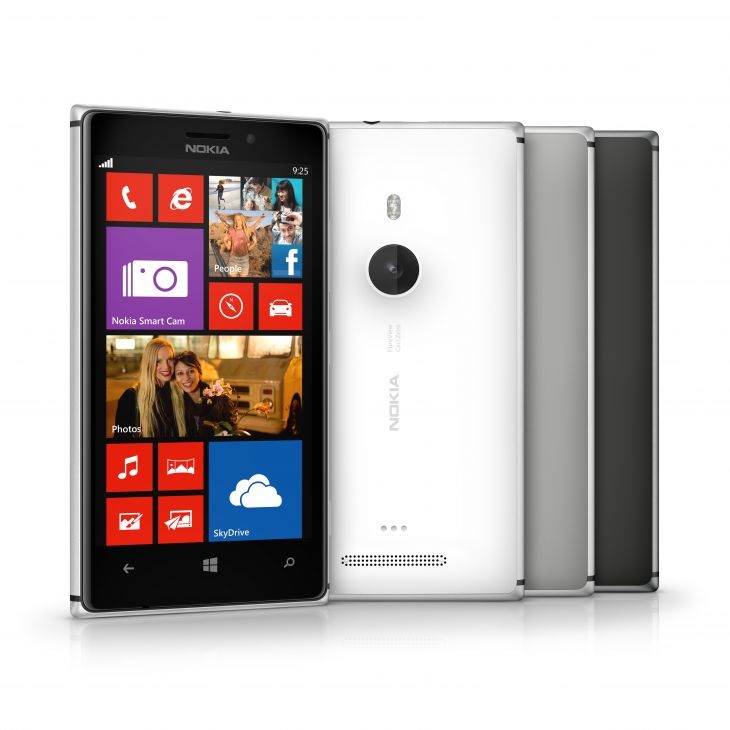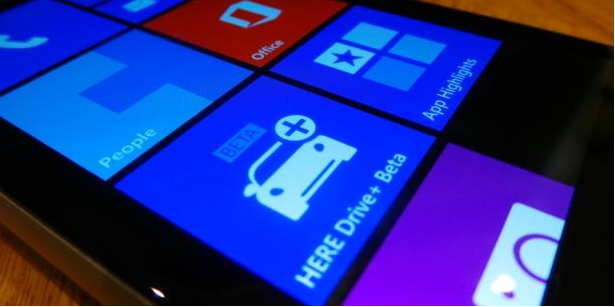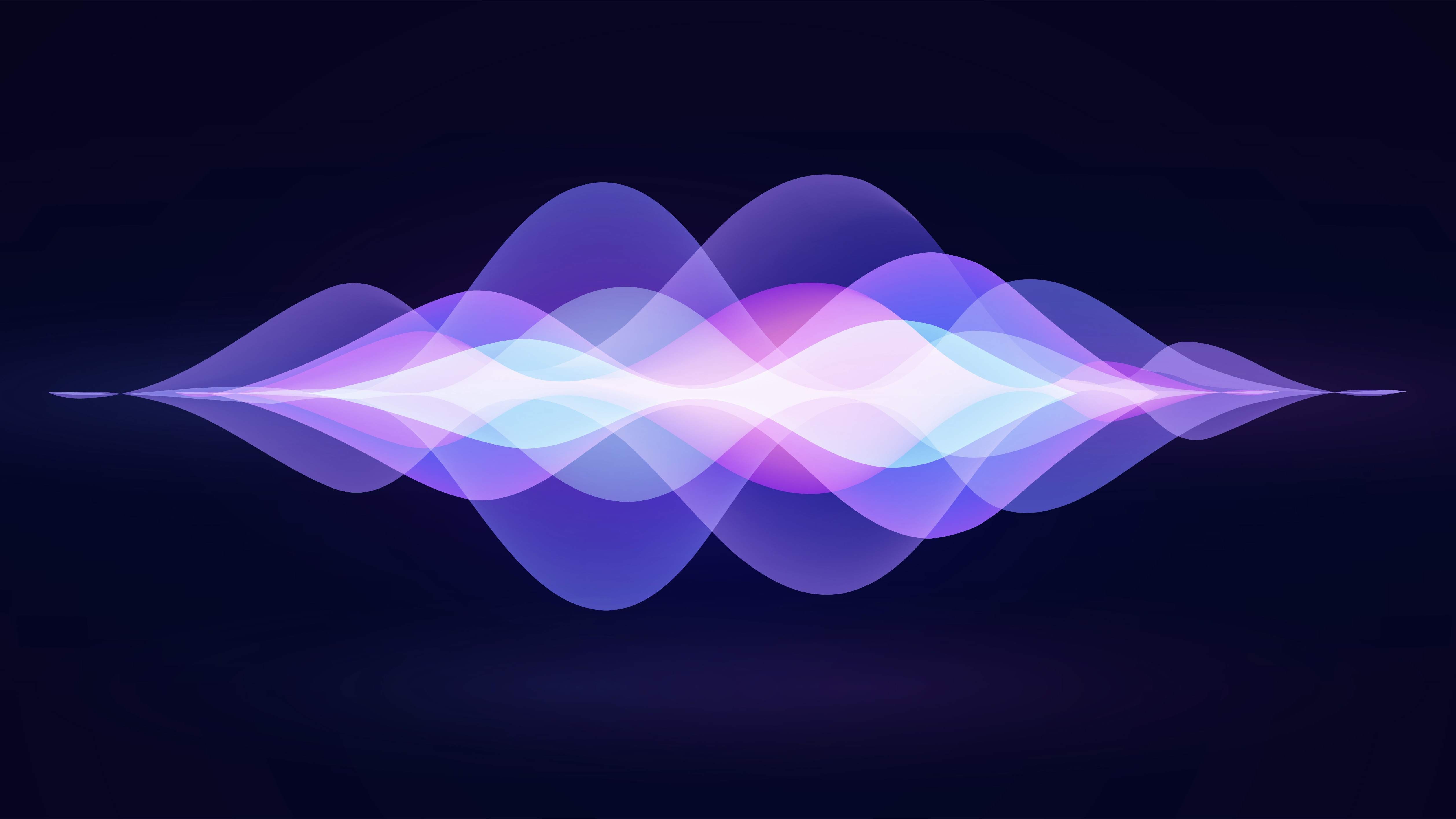Nokia Lumia 925 review
Nokia updates its Lumia range with an AMOLED display and slim-line design– but is it enough to tackle the Galaxy S4?

Nokia has improved its flagship Lumia in most departments, with a better screen and slimmer, lighter design that’s just as affordable as high-end rivals. It’s not the best when it comes to demanding task though, but the real issue comes away from the mains – its battery life is just too poor to recommend.
-
+
Smooth OS performance; Sturdy design; Good screen; Decent value
-
-
Distinctive two-tone design; No interior access; Poor battery life

Display
Nokia has made drastic changes to the display. The panel technology has switched from IPS to AMOLED, and a couple of neat features have been rescued from the dead Symbian OS to spice up the Lumia 925. Nokia's "Glance" feature displays the clock, battery level and any notification symbols on the screen when it's in stand-by mode, and the phone can be brought to life by double-tapping the panel.
The resolution of 1,280 x 768 and diagonal of 4.5in remain unchanged from the Lumia 920, and quality is excellent. The screen's maximum brightness of 270cd/m2 looks low on paper, but it's tempered by perfect black levels so the screen is punchy and its colour palette is broad and accurate. We only encountered issues in direct sunlight, where the screen is usable but not as impressive as the Samsung Galaxy S4.

Performance
Microsoft tightly controls the hardware inside Windows Phone 8 handsets, and Nokia hasn't been able to make any eye-catching upgrades to the internals. That means the Lumia 925 has a 1.5GHz dual-core Qualcomm Snapdragon S4 processor and 1GB of RAM. Sadly, the one component that has changed is storage: Nokia has halved internal capacity from 32GB to 16GB. A 32GB model is only availble if you go exclusive with Vodafone.
It's a less powerful specification than we're used to seeing on high-end phones, but one good thing about Windows Phone 8 is that it doesn't need huge amounts of horsepower to run smoothly. Navigation is slick throughout the OS, with menus and web pages loading quickly. The Lumia 925 returned mixed benchmark results, however: a score of 895ms in the SunSpider JavaScript test is one of the best on the market, but its Peacekeeper result of 336 can't compete with the HTC's result 692.
That's not the only sign that Microsoft's Windows Phone 8 specification needs updating. Intensive 3D games such as Real Racing 2 and NFS: Hot Pursuit didn't run entirely smoothly, although less demanding 2D titles like Jetpack Joyride ran without issue.
There's one performance problem that's more severe than a couple of slow games and that's battery life. The Lumia's 2,000mAh power pack was down to 30 per cent after our 24hr run-down test a benchmark that includes a 50MB data download, an hour of audio playback, an hour of screen-on testing and a 30-minute phone call. It's a poor result the Samsung Galaxy S4 and HTC One both had 60 per cent of their capacities left after running the same test.
Software
Windows Phone 8 remains a slick operating system that sits between Android and iOS when it comes to versatility, access and customisation. As usual, Nokia augments the OS with an impressive selection of its own apps: HERE Drive+ Beta is a good turn-by-turn satnav tool, Maps impresses, and Nokia Music is a built-in Spotify rival. We've already mentioned the enhanced camera software and the Lumia also comes with mobile version of Office.
The Windows Phone Store still needs work with top apps such as Dropbox, Vine, Instagram and Real Racing 3 still missing. Support is improving Spotify, WhatsApp, Netflix and BBC iPlayer are all now in Windows Phone 8 but it's slow progress, and the store still lags behind its major rivals.
Overall
Nokia has got lots of things right with this phone: it's as powerful as its predecessor, the camera is one of the best in the business, the screen is good and it's all crammed into a case that's slimmer and lighter than the chunky Lumia 920 even if its two-tone design will delight some and disgust others.
It's free on 3G contracts that cost less than 30 a month, too, which brings the Lumia 925 in to line with the Samsung Galaxy S4 and HTC One. The Nokia's SIM-free price of 450 inc VAT price is decent, too both the Samsung and HTC handsets are a little more expensive.
Battery life has been a sticking point with Windows Phone 8 handsets in the past, and it remains a problem here and it's even worse thanks to the sealed rear. It's impressive in every other regard, but we can't recommend a phone that's unlikely to last a full day away from the mains.
Verdict
Nokia has improved its flagship Lumia in most departments, with a better screen and slimmer, lighter design that’s just as affordable as high-end rivals. It’s not the best when it comes to demanding task though, but the real issue comes away from the mains – its battery life is just too poor to recommend.
OS: Windows Phone 8 Processor: 1.5GHz dual-core Qualcomm Snapdragon S4 Memory: 1GB RAM Storage: 16GB/32GB Screen: 4.5in 768 x 1,280 AMOLED, 332ppi Connectivity: 802.11n dual-band Wi-Fi, Bluetooth 3.0, GPS Other: Accellerometer, Gyroscope, Proximity sensor, Compass Bands: 2G GSM 850/900/1800/1900; 3G HSDPA; 4G LTE Camera: 8.7mp, optical image stabilisation, 1080p video Battery: 2,000mAh Li-ion Size: 129 x 70 x 8.5mm (WxDxH) Weight: 139g
Get the ITPro daily newsletter
Sign up today and you will receive a free copy of our Future Focus 2025 report - the leading guidance on AI, cybersecurity and other IT challenges as per 700+ senior executives
Mike Jennings has worked as a technology journalist for more than a decade and has been fascinated by computers since childhood, when he spent far too long building terrible websites. He loves desktop PCs, components, laptops and anything to do with the latest hardware.
Mike worked as a staff writer at PC Pro magazine in London for seven years, and during that time wrote for a variety of other tech titles, including Custom PC, Micro Mart and Computer Shopper. Since 2013, he’s been a freelance tech writer, and writes regularly for titles like Wired, TechRadar, Stuff, TechSpot, IT Pro, TrustedReviews and TechAdvisor. He still loves tech and covers everything from the latest business hardware and software to high-end gaming gear, and you’ll find him on plenty of sites writing reviews, features and guides on a vast range of topics.
You can email Mike at mike@mike-jennings.net, or find him on Twitter at @mikejjennings
-
 InfoComm 2025 Best of Show Awards are now open for entries
InfoComm 2025 Best of Show Awards are now open for entriesSubmissions are open until the closing deadline of May 30
By ITPro Published
-
 M&S calls in NCSC after 'cyber incident' disrupts customer payments, online orders
M&S calls in NCSC after 'cyber incident' disrupts customer payments, online ordersNews Retail giant Marks & Spencer (M&S) has revealed it has been dealing with a “cyber incident” in recent days and apologized to customers amid disruption complaints.
By Ross Kelly Published
-
 Microsoft says workers should believe the hype with AI tools: Researchers found Copilot users saved three hours per week sifting through emails, gained more focus time, and completed collaborative tasks 20% faster
Microsoft says workers should believe the hype with AI tools: Researchers found Copilot users saved three hours per week sifting through emails, gained more focus time, and completed collaborative tasks 20% fasterNews Using AI tools paid dividends for some workers, but alternative research shows it could create problems for others down the line.
By Ross Kelly Published